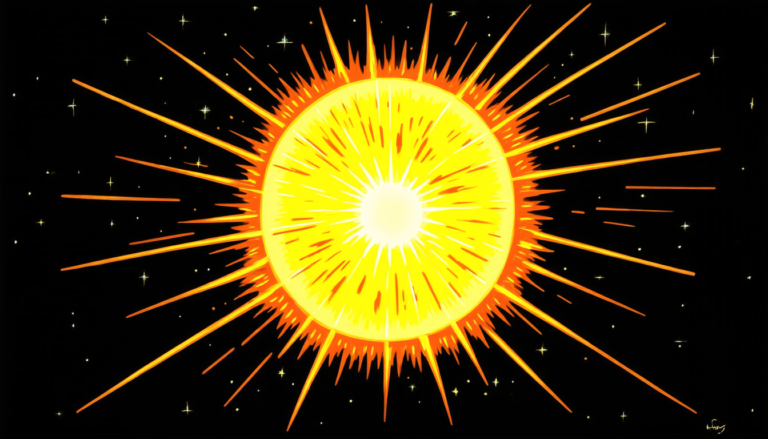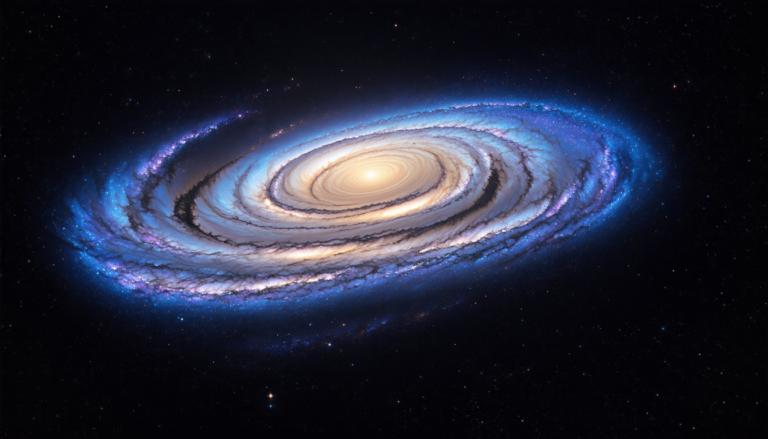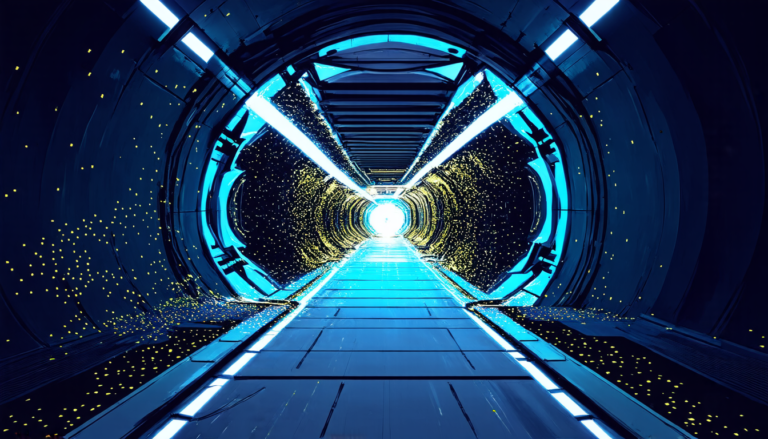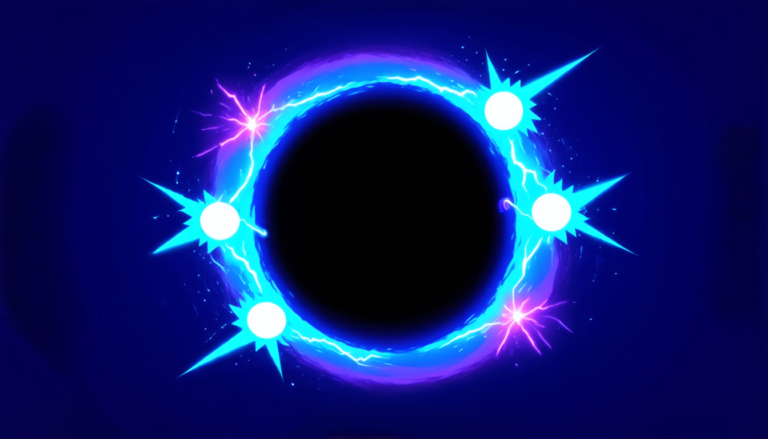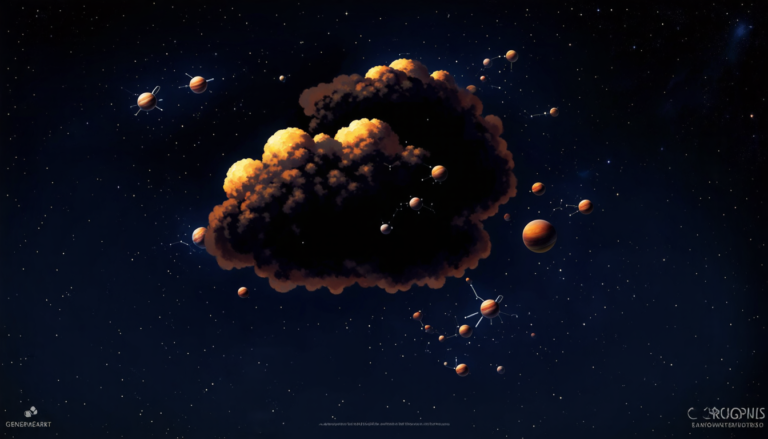Wednesday 16 April 2025
Physicists have long sought to understand the intricate workings of the universe, and a recent study has shed new light on one of its most fundamental forces: gravity. By combining two seemingly disparate areas of research – quantum mechanics and general relativity – scientists have made significant strides in their quest for a unified theory.
At its core, this latest development is rooted in the concept of holography, which posits that information contained within a three-dimensional space can be encoded on its surface. This idea has been applied to various fields, from computer science to cosmology, with promising results.
In the context of gravity, researchers have been working to develop a top-down approach, where they begin with the most fundamental laws of physics and work their way down to the details. In contrast, traditional bottom-up methods start with experimental data and build up to more general theories.
The study in question takes this top-down approach to its limits, using a theoretical framework known as holographic QCD (Quantum Chromodynamics) to explore the behavior of gravitational forces at the smallest scales. By manipulating mathematical equations that describe the interactions between particles and fields, scientists have been able to simulate the effects of gravity on these tiny scales.
One of the most fascinating aspects of this research is its ability to reveal new insights into the nature of gravity itself. For instance, the study suggests that the gravitational force between two particles may not be a simple attraction or repulsion, but rather a complex interplay of multiple forces.
This finding has significant implications for our understanding of the universe, particularly in regions where gravity plays a crucial role, such as near black holes or during the early moments of the Big Bang. By better grasping the intricacies of gravitational interactions, scientists may gain valuable insights into these enigmatic phenomena.
The study’s results also have practical applications in fields like particle physics and cosmology. For instance, researchers can use this theoretical framework to better understand the behavior of particles at extremely high energies, which could shed light on long-standing mysteries such as dark matter or dark energy.
Ultimately, this research represents a major milestone in the pursuit of a unified theory that reconciles gravity with the principles of quantum mechanics. While much work remains to be done, the study’s findings have already begun to illuminate the complex dance between gravity and the fundamental forces of nature.
Cite this article: “Unlocking QCDs Secrets: New Insights from Holographic Gravitational Form Factors”, The Science Archive, 2025.
Gravity, Quantum Mechanics, General Relativity, Holography, Top-Down Approach, Bottom-Up Methods, Quantum Chromodynamics, Gravitational Forces, Particle Physics, Cosmology


